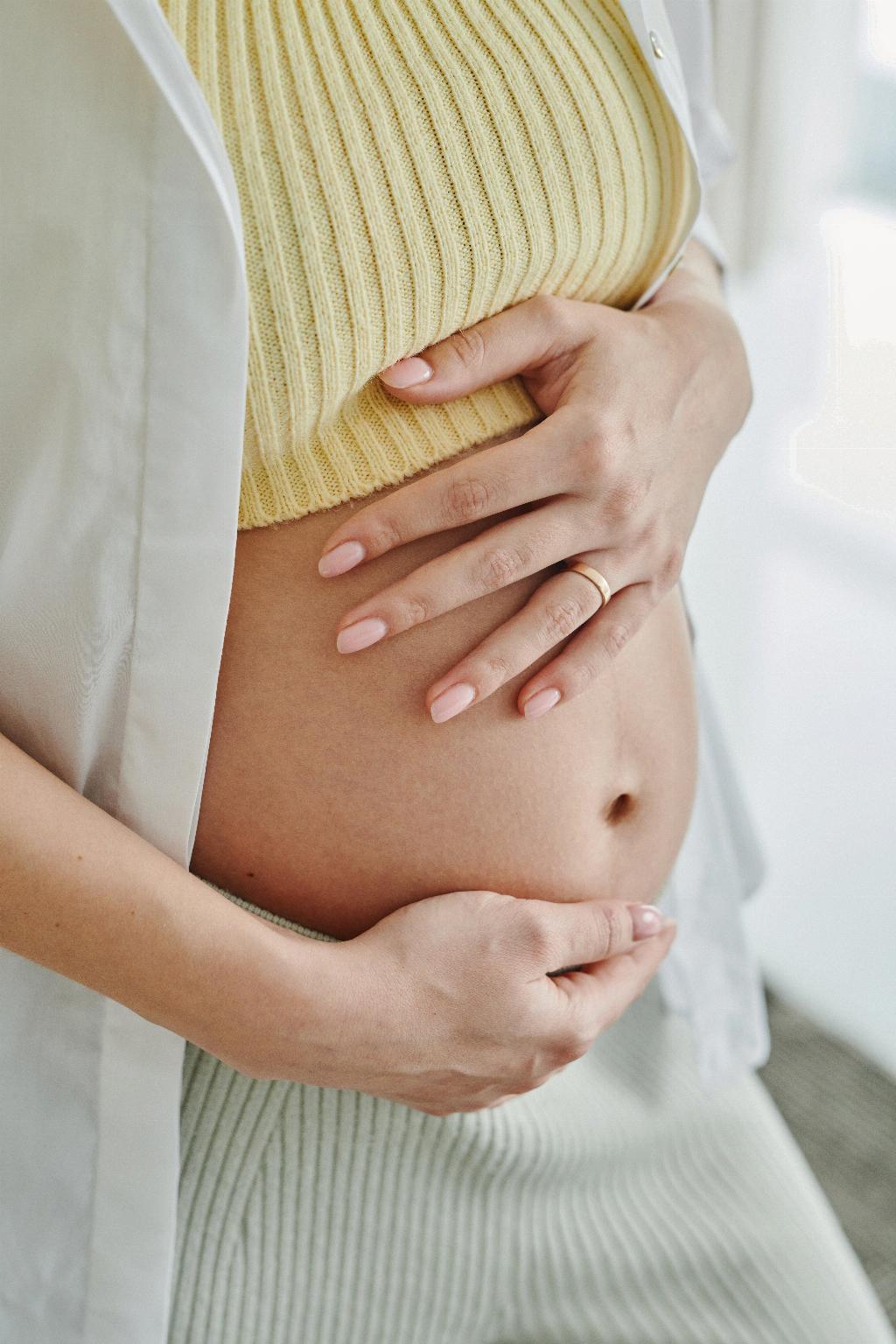Leukorrhea, a term that might sound unfamiliar, is actually a very common occurrence during pregnancy. It refers to a mild and typically odorless discharge from the vagina that is clear or milky in color. Many individuals may find that the amount of leukorrhea increases during pregnancy, either in the early stages or as the pregnancy progresses.
Normal and Healthy Discharge
It is essential to understand that in the majority of cases, leukorrhea during pregnancy is considered to be normal and healthy. The color of the discharge is usually clear or milky, and it typically does not have a strong odor. This discharge is just one of the many changes that the body undergoes to support the growing fetus and prepare for childbirth.
Changes in Sense of Smell
During pregnancy, it is not uncommon for individuals to experience changes in their sense of smell. This heightened sense of smell can sometimes lead to the perception of odors that may not have been noticeable before pregnancy. It is important to keep this in mind when considering the smell of leukorrhea during this time.
Factors Affecting Odor
While leukorrhea in pregnancy is typically odorless, there can be cases where individuals perceive a certain scent. Factors such as sweat, urine, or bacteria in the vaginal area can impact the smell of the discharge. It is vital to distinguish between a normal, mild odor that may be present due to these factors and a strong, unpleasant odor that could indicate an infection.
Signs of Infection
If the leukorrhea during pregnancy has a strong or foul odor, is accompanied by itching, irritation, or redness in the vaginal area, or if there is a change in color to yellow, green, or gray, it could be indicative of an infection. In such cases, it is crucial to consult a healthcare provider for proper evaluation and treatment.
Practicing Good Hygiene
Maintaining good hygiene practices during pregnancy is essential to prevent infections and keep the vaginal area healthy. This includes wearing breathable cotton underwear, avoiding douching, and gently cleaning the genital area with mild soap and water. Ensuring proper hygiene can help manage any mild odor associated with leukorrhea.
Consulting a Healthcare Provider
It is always recommended to consult a healthcare provider if there are any concerns regarding vaginal discharge during pregnancy. A healthcare professional can provide guidance on what is normal and what may require further investigation or treatment. Open communication with your provider is key to ensuring the health and well-being of both you and your baby.
Importance of Proper Diagnosis
Proper diagnosis of any changes in vaginal discharge is crucial during pregnancy to rule out any potential infections or complications. While leukorrhea is usually harmless, certain infections can pose risks to both the pregnant individual and the developing fetus. Seeking timely medical advice can help address any issues promptly.
Embracing the Changes
Pregnancy is a time of numerous changes in the body, and vaginal discharge is just one aspect of this transformation. Embracing the changes and understanding the normalcy of certain bodily functions can help alleviate unnecessary stress or worry. Remember, your body is evolving to support the growth and development of new life.
Conclusion
In conclusion, leukorrhea during pregnancy is typically odorless or may have a mild scent influenced by various factors. It is crucial to differentiate between normal discharge and signs of infection to ensure optimal health during this critical time. By practicing good hygiene, staying informed, and seeking medical advice when needed, individuals can navigate through the changes of pregnancy with confidence and care.

